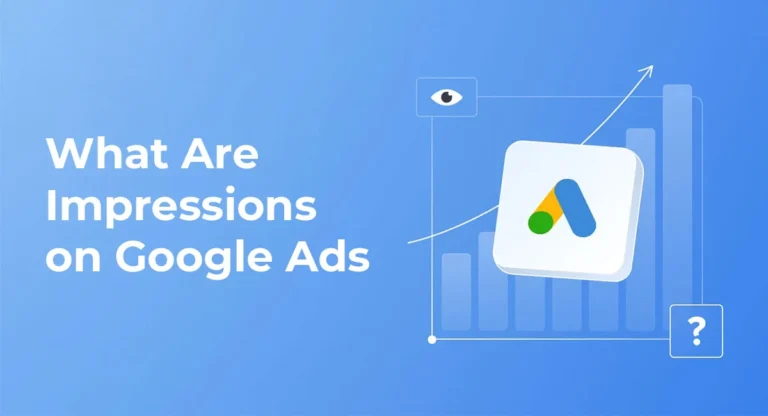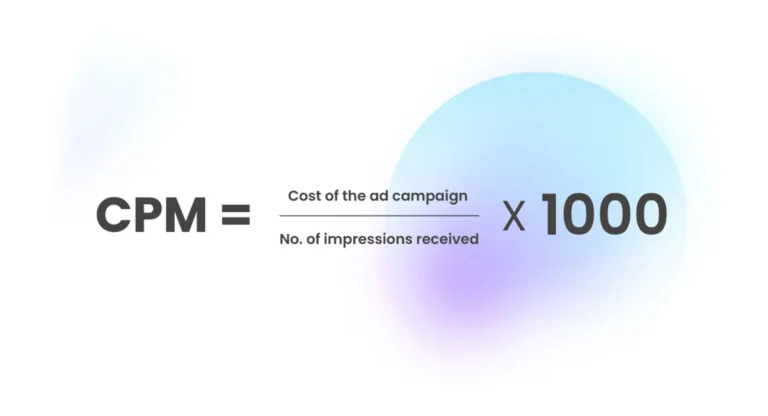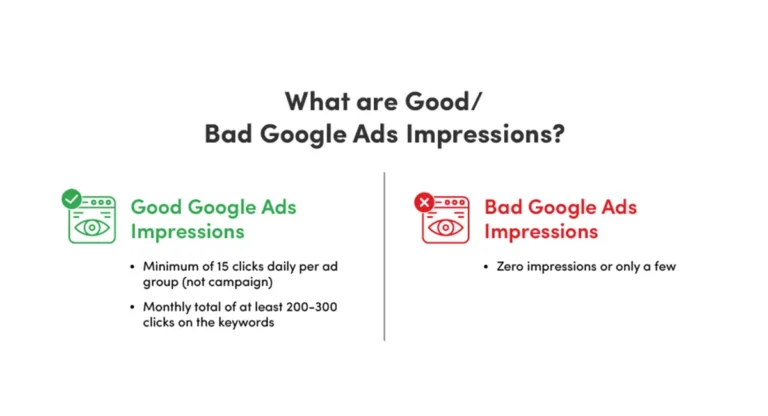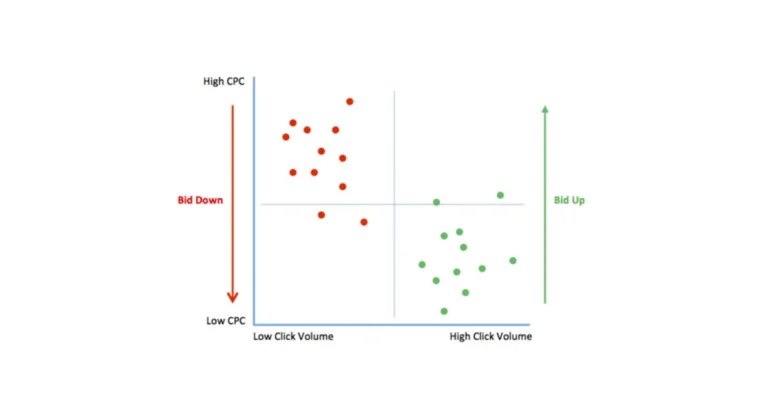While clicks and conversions may be your ultimate goal, impressions are an important foundation for any successful Google Ads campaign. Without impressions, your ads aren’t being seen, and without visibility, conversions can’t happen. By paying close attention to your impressions and optimizing your ads for the right audience, you can create more effective campaigns that drive meaningful results.
The next time you check your Google Ads dashboard, make sure to review your impressions closely. They offer valuable insights into how well your ads are performing and what adjustments you can make to maximize their potential.
So, when someone asks, “What are impressions on Google Ads?”, you’ll know that it’s not just a metric—it’s the first step toward building a successful, visible, and engaging ad campaign.






